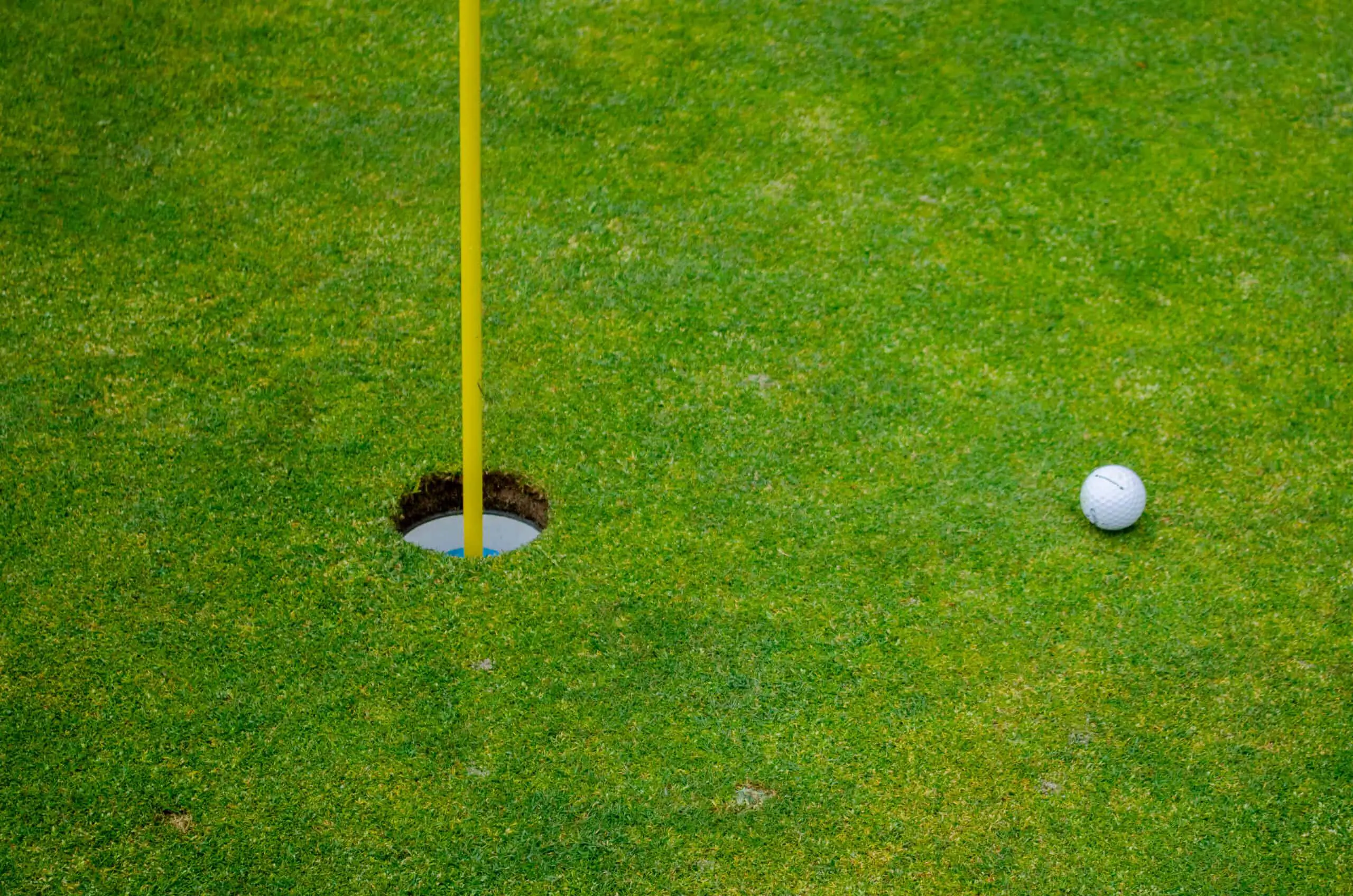Golf is a sport that requires precision and skill, and one of the most important aspects of the game is the hole. The hole is the ultimate destination for every golfer, and it is the place where the golf ball needs to end up in order to complete the hole. But have you ever wondered what the size of a golf hole is? In this article, we will explore the diameter and history of the golf hole, and answer this question once and for all.
The diameter of a golf hole is one of the most important aspects of the game, and it has been standardized by the United States Golf Association (USGA) by a standard hole cutter. According to the USGA, the diameter of a golf hole should be 4.25 inch hole, or 108 millimeters. This standardized hole size has been in place since 1931, and it is used in all official golf tournaments around the world. However, this was not always the case, and the size of the golf hole has evolved over time.
The history of the golf hole dates back to the early days of the game, when players used a variety of objects as holes, including tin cans, flowerpots, and even rabbit holes. As the game became more popular, golfers began to standardize the size and shape of the hole, and in 1891, the first known hole cutter was introduced. Since then, the size of the hole has been refined and standardized, and it is now an integral part of the game of golf.
The Diameter of a Golf Hole
The Standard Size of a Golf Hole
The standard size of a golf hole is 4.25 inches (10.8 cm) in diameter. This measurement has been established by the United States Golf Association (USGA) and the Royal and Ancient Golf Club of St. Andrews (R&A). The hole is typically placed in the center of a circular green, which is usually around 20-40 yards (18-37 meters) in diameter.
The History of the Golf Hole Diameter
The size of the golf hole has not always been standardized. In fact, the golf hole size has changed throughout the history of golf. The earliest golf holes were simply holes in the ground that were filled with sand.
These holes varied in size and shape. In 1891, the first standardized size for golf holes was established by the St. Andrews Golf Club in Scotland. The hole was 4.25 inches in diameter, which is still the standard size today. This size was later adopted by the USGA and R&A. The 4.25-inch diameter was chosen because it was the size of the top of a standard-sized cup used for tea at the time.
This made it easy for golf course designers to create a standard size for the holes. Today, the 4.25-inch diameter is used in all professional golf tournaments and most amateur tournaments around the world. Golfers of all levels have become accustomed to this size, and it has become an integral part of the game.
The History of Golf Hole Size
The Early Days of Golf Hole Size
The origins of golf date back to the 15th century in Scotland. The early golf courses had no standard size for the holes, and the holes were often just shallow depressions in the ground.
The size of the holes varied greatly from course to course, and even from hole to hole on the same course. Early golfers used a featherie ball, which was made of leather and stuffed with feathers. These balls were expensive and easily damaged, so the holes were often larger to make it easier to retrieve the ball.
The USGA Standardization of Golf Hole Size
In 1910, the United States Golf Association (USGA) established the first standard size for golf holes. The standard size was 4.25 inches in diameter, which is still the standard size used today.
The USGA also established guidelines for the depth of the hole and the slope of the green surrounding the hole. The standardization of golf hole size helped to make the game more consistent and fair for all players.
The Modern Golf Hole Size
Today, the standard size for a golf hole is still 4.25 inches in diameter. However, there are some courses that use larger or smaller holes for various reasons. Some courses use larger holes to make the game easier for beginners or to speed up play.
Other courses use smaller holes to make the game more challenging for experienced players. But mostly these are on the putting green for practice. There are also some courses that use non-standard shapes for their holes, such as square or rectangular holes.
Overall, the standardization of golf hole size has helped to make the game more consistent and fair for all players. While there are some variations in the size and shape of golf holes, the standard size of 4.25 inches in diameter remains the most widely used.
- Should Tee Boxes Be Level? - January 23, 2024
- 3 Hybrid Distance - November 15, 2023
- Innovations in Golf Mobility: An In-depth Review of Top Golf Scooters - October 12, 2023
